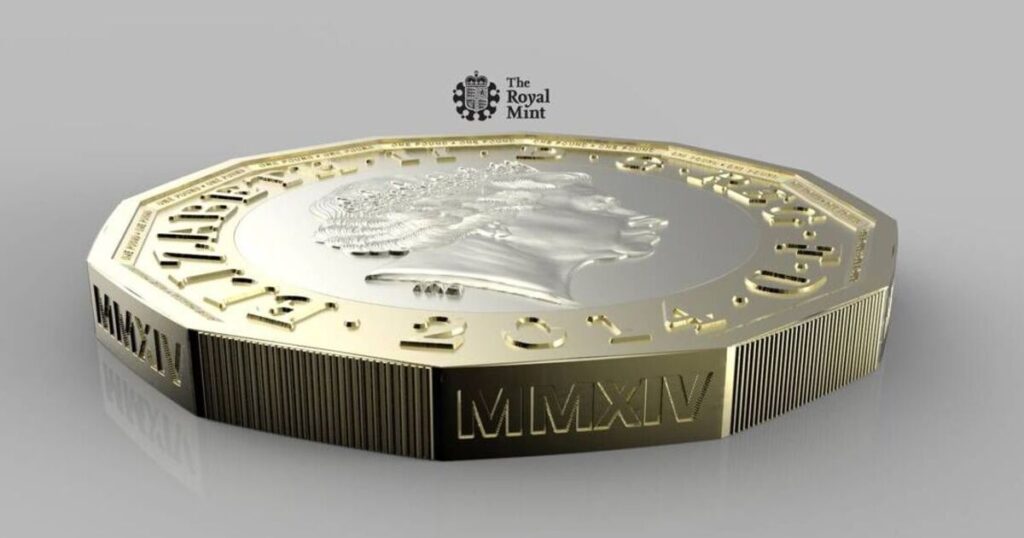
Prepare to have your minds blown with this latest information.
The intricate design of UK coins, from their hue to their form, is a marvel in itself. Yet, have you ever paused to ponder the purpose behind the ridged edges on your change?
A TikTok sensation unveiled the reason for this feature. User @CoinCollectingWizard, who boasts a following of 191,000, explained in a viral video that garnered hundreds of likes and sparked a flurry of comments.
He said all coins were crafted from gold or silver and lacked any ridges. The worth of each coin was determined by its gold or silver content.
However, according to the TikTok connoisseur, there were those who sought to illicitly profit from these precious metals.
« They filed off the edges and sold them for their value in gold or silver, » he explained.
This subtle reduction in size often went undetected, yet it undermined the value of the original gold or silver coin.
To combat the issue, authorities introduced milled, or grooved, edges, making it immediately apparent if a coin had been tampered with.
While modern coins are no longer composed of pure gold or silver, the tradition of milled edges persists.
He elaborated: « This means back then people could just make the coin smaller, keep the gold they took off the coin, and still use the coin as usual, so they put grooves on it. So it would be a lot harder to do that. Now it’s just tradition. »
There’s another reason why coins have ridges, also known as reeded edges. The purpose is to prevent counterfeiting and to make it harder to clip or shave the edges of coins.
The ridges on the 10p coin also make it easier to distinguish from the 2p coin, which has a smooth edge. Since this information was shared, one person commented: « Interesting, never knew this. »
While another expressed their gratitude: « Thank you. »
